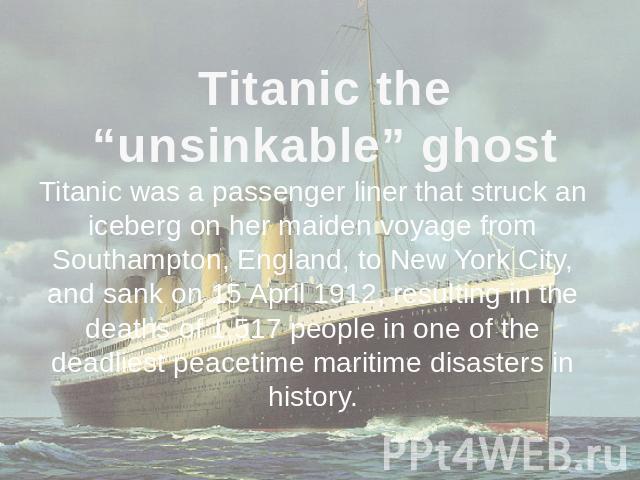

Here were ancient archetypes of the collective unconscious being acted out. The sceptre and orb, the shrouded anointing, the ancient Stone of Destiny were the sorts of things that meant this most mainstream historical event was unexpectedly steeped in things that I thought belonged to a secret tradition, held in the hands of chosen initiates, or at least the rarefied circles of fin de siècle London.Īmongst such initiates, there were ways to explain why the coronation service would transfix a young Englishman. It was clearly a very ancient ritual which was full of the weird symbolism I’d been reading about. The “extra-curricular” reading I was doing that summer meant that, to my surprise, the coronation service was particularly interesting.


They sometimes looked unsettled when they noticed me leaning against the wall opposite the TV: a lingering presence in the half-light, the whites of my eyes flickering suddenly into view when lit by the screen. Sometimes tourists bustled in and out of that room, confused about where they were going, looking at maps to find their way to see the Crown Jewels. I came back to the room regularly over those weeks, seeing different portions of the service each time. It was a dark room, and the luminescence of the flickering black and white scene gave the atmosphere a distinctly ethereal quality. I had no memory of ever watching footage of this ceremony before then. In one of my lunchtime walks around the Tower, I entered an odd antechamber with a TV set on a table which always and only played a VHS of the Coronation of Queen Elizabeth II. It was clearly a very ancient ritual, full of the weird symbolism I’d been reading about I suppose they ’re best described as “Western Esotericism” - a ragbag collection of subterranean spiritualities which was particularly popular in literary circles in the late 19th c entur y, although it claims a lineage “from time immemorial” - drawing on ancient paganism, the Greek and Roman pantheons, mystical Christianity, renaissance astrology and so on, ad infinitum. I continued to visit this chapel on Remembrance Day each Nov ember for a few years afterwards.Īround the same time I was reading about all sorts of things which I would now condemn. I was fascinated by the Prayer Book services in the Tower’s chapel, where the Beefeaters made up most of the congregation. Chatting to Beefeaters was a particular highlight they might share hair-raising stories about their times in active service, and they occasionally invited you into one of their little almshouses next to the Tower for a cup of tea and a biscuit.

The work itself was pretty soul destroying, but in my breaks I could wander anywhere I wanted within the Tower’s precincts. One summer, when I was a student, I worked at the Tower of London for a few weeks.


 0 kommentar(er)
0 kommentar(er)
